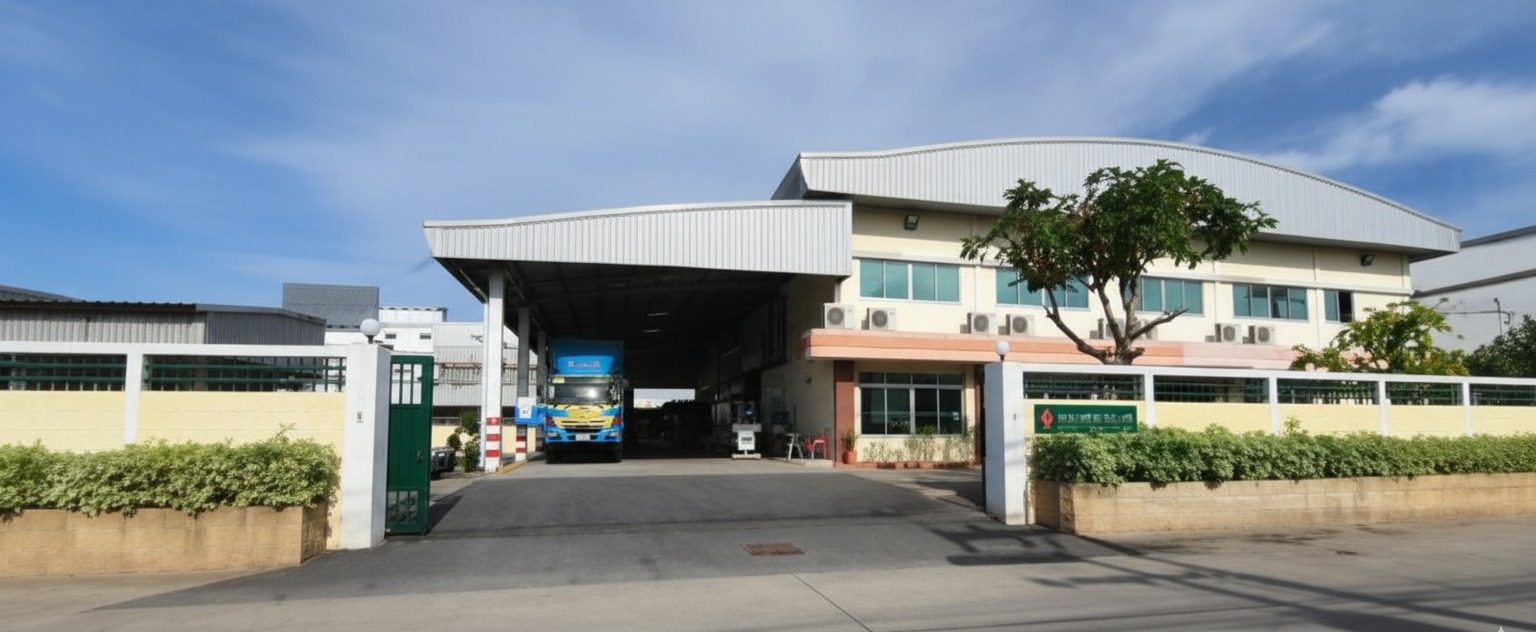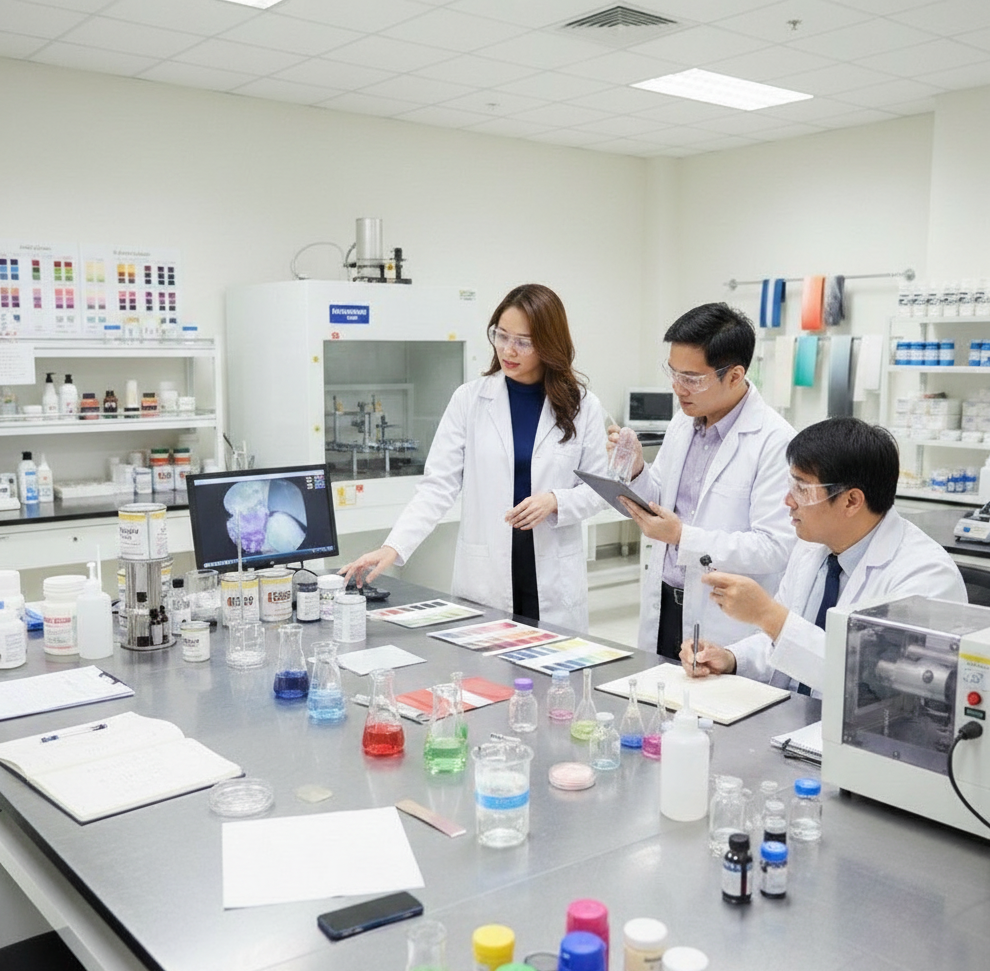PFAS-Free Waxes
FAS (Per- and Polyfluoroalkyl Substances) are long-lasting chemicals often used in waxes for slip, durability, and water resistance. Because of their persistence in the environment, they are now under strict global regulation.
PFAS-Free Alternatives:
PE (Polyethylene) Waxes: Provide slip, scratch resistance, and matting; compatible with many systems.
PTFE Waxes: Excellent abrasion resistance, low friction, but traditionally linked with PFAS. New PFAS-free PTFE grades are available.
Bio-Based Waxes: Derived from renewable feedstocks, they add eco-credibility while maintaining similar performance.
Wax Blends: Combine PE, PTFE, and bio-based waxes for customized properties (e.g., gloss control + durability).
Comparison:
PE vs. PTFE: PE offers good general slip and gloss control, PTFE offers superior wear resistance.
Bio-Based vs. Petro-Based: Bio-based improves sustainability credentials but may be more costly.
Blends: Balance cost, sustainability, and performance.
Key Takeaway: Manufacturers can replace PFAS-containing waxes without losing performance by choosing the right balance of PE, PFAS-free PTFE, or bio-based waxes.
Why It Matters:
Regulatory compliance: EU and US regulators are phasing out PFAS, and Asian markets are following. Formulators must switch to PFAS-free alternatives.
Performance replacement: PFAS-free micronized waxes (PE, PTFE, bio-based, blends) provide abrasion resistance, slip, and matting without regulatory risk.
Market trend: Packaging and coatings buyers are actively looking for PFAS-free labeling to meet end-customer sustainability demands.
Key Benefits of PFAS-Free Waxes:
- Anti-blocking and scratch resistance in packaging films
- Gloss control and slip in coatings and inks
- Bio-based waxes improve eco-label certifications
- Compatible with water-based and solvent-based systems
Products We Supply: PE, PTFE, bio-based, PFAS-free wax blends (Dow/Nouryon range). Please contact us for details and for more product portfolio
Trusted by worlds leading companies



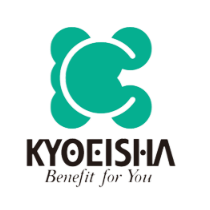


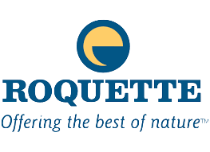

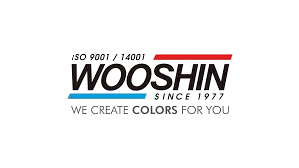


…..& many more
